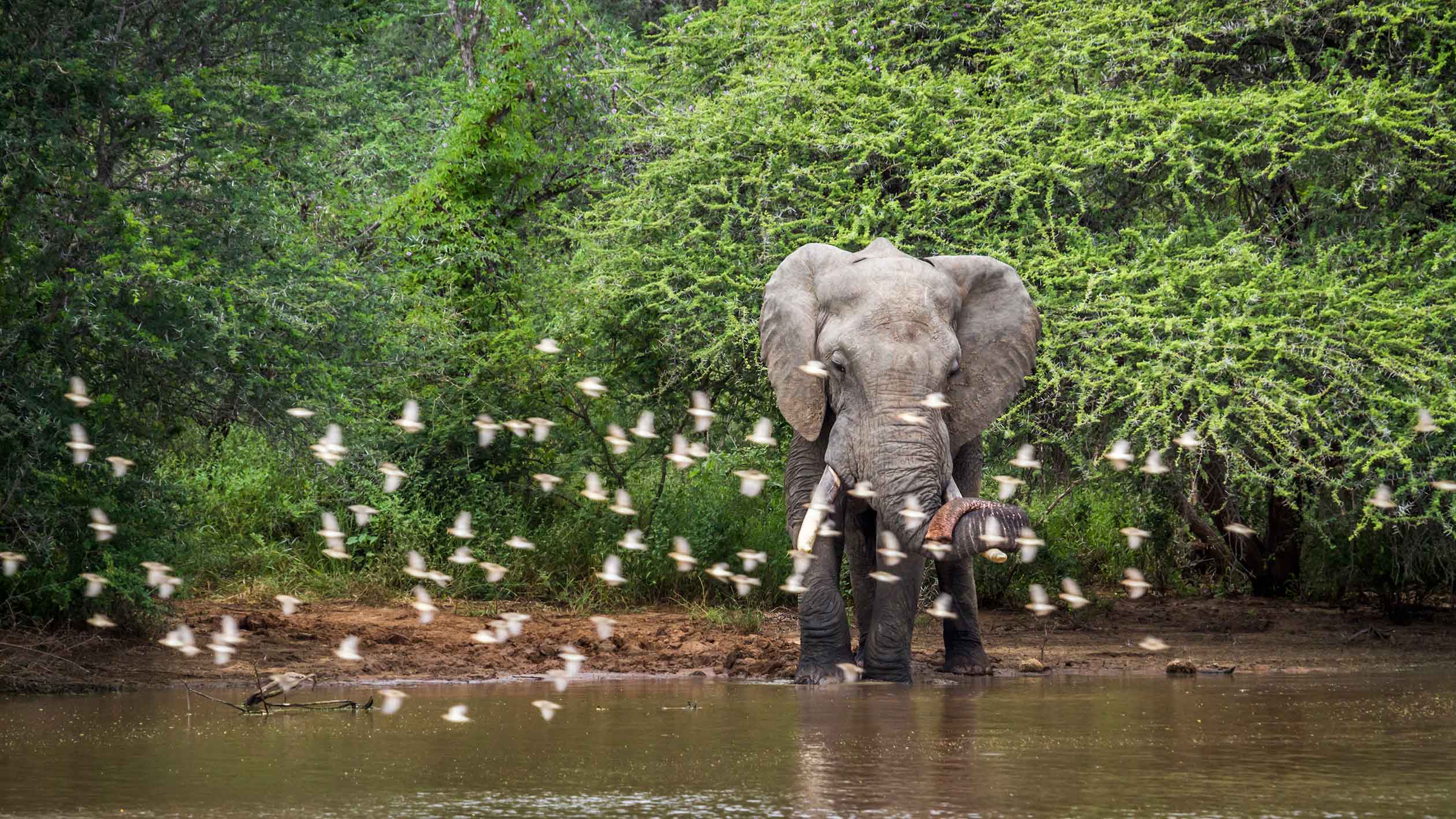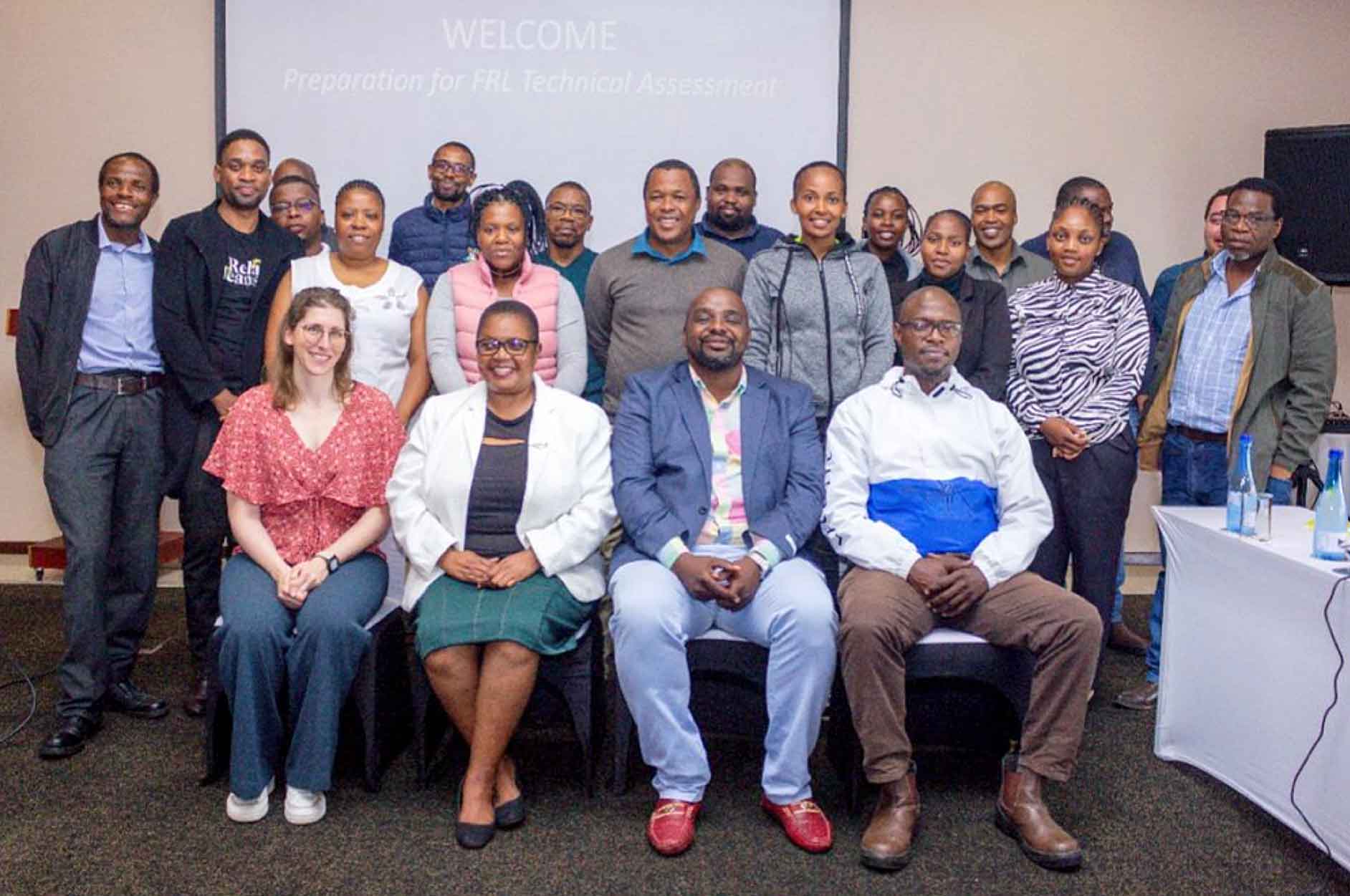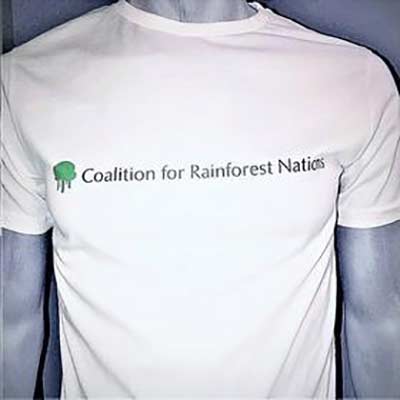
Eswatini submits first Deforestation & Emissions Targets to the UN
January 25, 2024, New York; Eswatini successfully submitted its first baseline for measuring efforts to slow deforestation and reduce greenhouse gas emissions, called a Forest Reference level (FRL), to the United Nations in January.
The REDD+ submission follows a year of data gathering by Eswatini climate and forestry teams who collected land use data for the whole country for the years 2000-2022. The CfRN (Coalition for Rainforest Nations) team has been actively supporting since 2023. All land use data was collected using CfRN’s Land Use App.
Eswatini, formerly known as Swaziland, lies south of South Africa’s famous Kruger National Park. It is one of the smallest countries in Africa. Despite this, it boasts many major endangered species, including elephants, giraffes, hippos, buffalo, zebra, and rhinos. It has a spectrum of conservation areas that protect the nation’s rich biological diversity. These areas comprise about 5% of the country’s land area.
The country also has over 2400 species of plants, with many endemic species, making Eswatini globally important for biodiversity conservation. There are sixteen 16 protected areas in the country, including: Malolotja Nature Reserve, Mantenga Nature Reserve, Mlawula Nature Reserve, Mlilwane Wildlife Sanctuary, and Mkhaya Game Reserve, and Hlane Royal National Park.
Land degradation and conversion to other land uses are the major threats to its bush and biodiversity, including plantation agriculture (legal and illegal), bush-clearing, the spread of alien and invasive plants, and unsustainable resource harvesting, and major land fragmentation.
Eswatini’s engagement with the UNFCCC REDD+ framework is a key component of the country’s climate action plan under the Paris Agreement. Despite its contribution to climate change emissions being miniscule, the country is committed to climate action, and presented its first climate action plan, called a nationally determined contribution (NDC), in October 2021. The forest sector is included with the goal to:
- Strategically plan and manage ecological infrastructure including grasslands, rivers, wetlands, woodlands, and forests including updating and implementing the National Biodiversity Strategy and Action Plan (NBSAP) and ensuring that vulnerable ecosystems are addressed in national adaptation programs.
- Reduce pressures driving biodiversity loss (e.g., deforestation, human settlements) to improve carbon sinks and promote eco-tourism.
- Conduct research, innovation, and knowledge sharing for income generation through use of tree resources and non-timber forest products.



CfRN’s Mission to Eswatini
In January, CfRN’s technical team went on a mission to the country for in-person workshops to train national experts in UNFCCC REDD+ framework. The team included Tosi Mpanu-Mpanu, regional Director and Eloïse Guidi in person as well as Javier Fernandez remotely from Costa Rica. The workshops covered UNFCCC REDD+ measuring, reporting and verification, REDD+ strategy, financing, and staffing.
During the trip, Tosi Mpanu-Mpanu also met with permanent secretary, Khangeziwe Mabuza as well as undersecretary, Constance Thulisile Vilakati, and senior forest officer, Wilfred Mbhekeni Nxumalo at the ministry of tourism and environmental affairs.
Next Steps
The UNFCCC has now assigned two technical experts from the Roster of Experts to do the report’s technical assessment. This technical assessment will take place between February and December 2024 during which Eswatini’s team will provide clarifications to the reviewers with the support of CfRN’s technical team.

Eswatini successfully submitted their FRL report to the United Nations in January.


